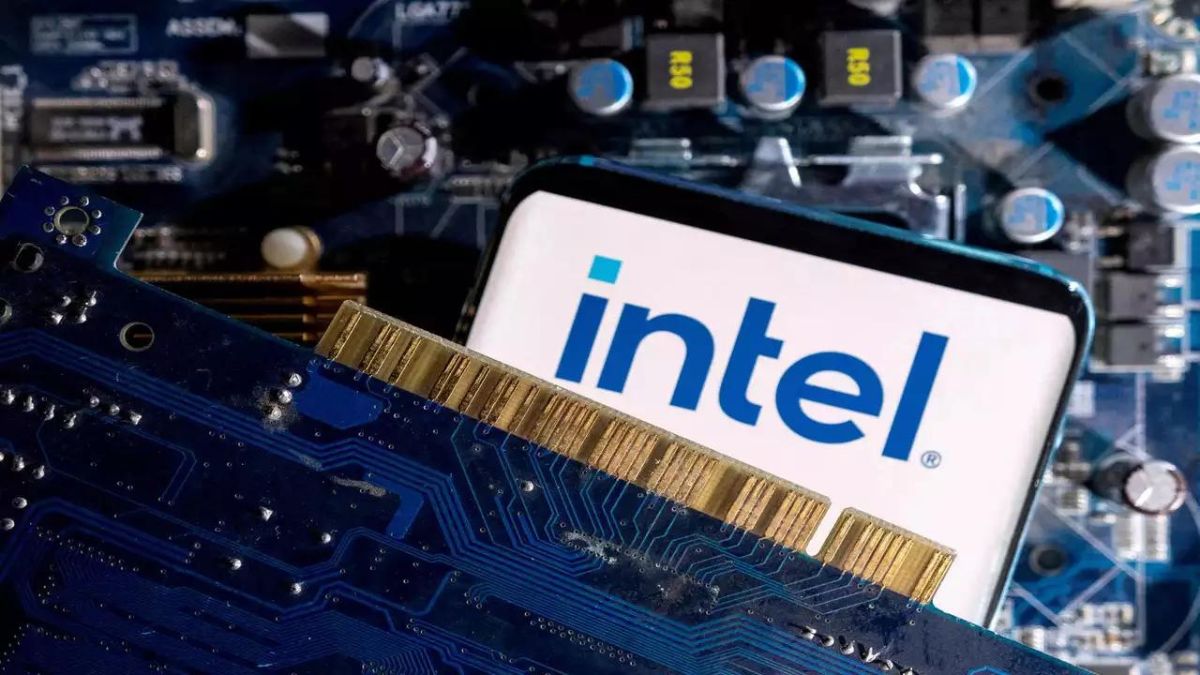
Advertisement
Intel Corporation has announced a significant reduction in its workforce, laying off over 15% of its employees as part of a $10 billion cost-cutting initiative. The news, revealed during the company’s fiscal second-quarter earnings report, also included a suspension of dividend payments for the fiscal fourth quarter of 2024 and a reduction in full-year capital expenditures by over 20%.
Earnings Miss and Financial Performance
For the quarter ended June 29, Intel reported adjusted earnings per share of 2 cents, missing the 10 cents expected by analysts surveyed by LSEG. Revenue for the quarter came in at $12.83 billion, slightly below the anticipated $12.94 billion. This marks a 1% decline in revenue compared to the same period last year. The company also reported a net loss of $1.61 billion, or 38 cents per share, a stark contrast to the net income of $1.48 billion, or 35 cents per share, reported a year ago.
Strategic Shifts and Challenges
Intel’s CEO, Pat Gelsinger, attributed the financial shortfall to the company’s accelerated efforts to produce Core Ultra PC chips capable of handling artificial intelligence workloads. “Our investments in AI PC technology have pressured margins in the short term,” Gelsinger noted during a call with analysts. He emphasized the strategic importance of this pivot, predicting that AI-powered PCs will grow from less than 10% of the market today to more than 50% by 2026.
Additionally, Intel has expedited the transfer of Intel 4 and 3 chip wafer production from a facility in Oregon to one in Ireland, resulting in higher near-term costs but promising a wider gross margin in the future. The company’s finance chief, Dave Zinsser, highlighted that competitive pricing pressures, especially from rivals like AMD and Qualcomm, have also affected Intel’s financial performance.
Segment Performance and Future Outlook
In the quarter, Intel’s Client Computing Group, responsible for PC chips, generated $7.41 billion in revenue, aligning closely with analyst expectations. The Data Center and AI unit reported $3.05 billion in revenue, falling short of the $3.14 billion forecast.
Looking ahead to the fiscal third quarter, Intel projects an adjusted net loss of 3 cents per share on revenues between $12.5 billion and $13.5 billion. This guidance falls short of LSEG’s expectations of 31 cents per share in adjusted net earnings on $14.35 billion in revenue. The company anticipates a gradual improvement in data center revenue in the latter half of the fiscal year as demand for traditional servers picks up, although it acknowledges a weakening in consumer and commercial spending, particularly in China.
Strategic Investments and Future Developments
In a bid to strengthen its position, Intel announced an $11 billion investment from Apollo in a joint venture involving a chip manufacturing plant in Ireland. The company also launched new Xeon 6 server processors and a Gaudi 3 accelerator for AI tasks. However, the U.S. Commerce Department’s revocation of export licenses for certain consumer items to a customer in China, believed to be Huawei, added to the challenges, with Intel’s fiscal second-quarter revenue falling below the middle of the previously announced range.
Cost Reduction and Workforce Impact
The workforce reduction, expected to affect approximately 15,000 employees, represents the largest job cut tracked by industry website Layoffs.fyi since March 2020. Gelsinger stated in a memo that this measure is necessary to align Intel’s cost structure with its new operating model and to address the gap between revenue growth expectations and actual performance. The company aims to achieve around $20 billion in cuts this year, $17.5 billion in 2025, with further reductions expected in 2026.
Intel’s stock, which had already lost 42% of its value year-to-date, faced additional pressure following the announcement. Despite these challenges, Gelsinger expressed confidence in Intel’s future, citing upcoming advancements in AI-compatible chip technology and the company’s shift towards internal production processes. He emphasized that while significant benefits from these initiatives are expected to materialize in 2025, the full impact will likely be felt in 2026 and beyond.
